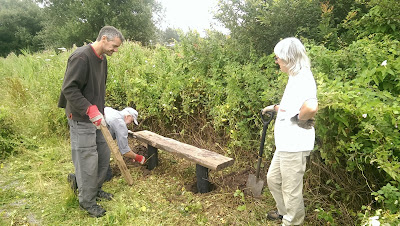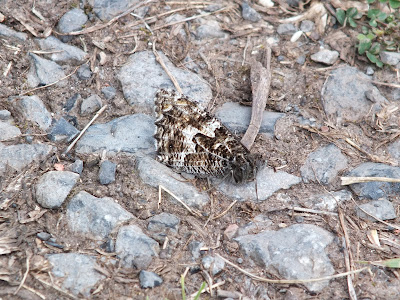Carmarthenshire Bird Club Guided Walk
Postponed from last Saturday due to the weather, today saw 16 club members join me for a great mornings walk across the reserve at Pembrey.
Billed a butterflies and birds, I threw in a few dragonflies and, of course, plants.
I didn't take any photo's (too busy talking) but we saw a decent variety of butterflies as well as dragonflies, including Migrant Hawker, Emperor, Common Darter along with Common Bluet and Blue-tailed damselfly.
It was a real pleasure to take out such a nice bunch of likeminded people onto "my" patch; given the time of year birds were thin on the ground but we managed to see some of the regulars including Goldfinch, Greenfinch, Linnet, Meadow Pipit, Skylark, some very distant Dunlin and three Sandwich Terns.
 |
| Meadow Pipit |

























